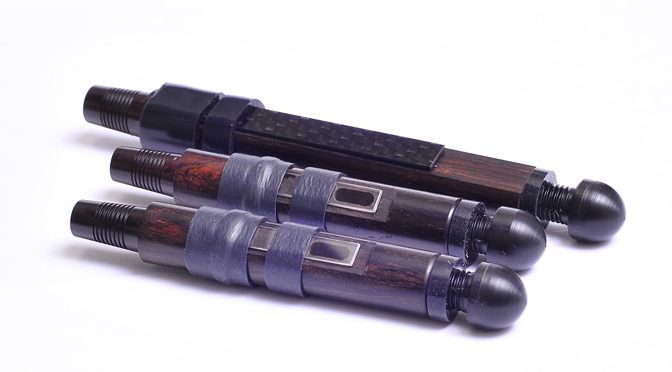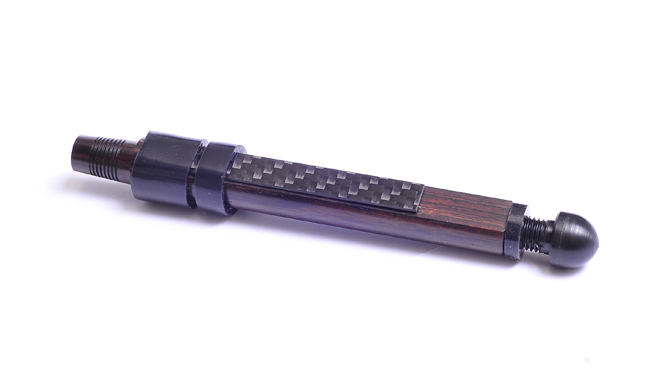
To test reeds of any kind and come up with a balanced finding requires them to be used in different types of bagpipe with differing conditions in regards to moisture control. I have used the reeds in both a set of MacDougall drones and Henderson drones with and without moisture control. I do produce a lot of breath moisture and moisture control for me is essential. The pipe bags I use have leather/skin properties and are fitted with a zip.

In the Henderson drones, with a slightly different bag the findings were similar except in the bass drone; it tuned a good deal lower. This did not cause a problem with sound.
Brian Mulhearn is a precision engineer by trade/profession and works to close tolerances in the manufacture of his products. His African blackwood reeds, with suggested minor adjustment to the tenor drone reeds as perhaps suggested makes this product a significant addition to what is already available.
• To buy these reeds contact the Ayrshire Bagpipe Company directly.
[wds id=”19″]

















Recent Comments